Determining the Date of Easter: A Comprehensive Guide for 2025
Related Articles: Determining the Date of Easter: A Comprehensive Guide for 2025
Introduction
With enthusiasm, let’s navigate through the intriguing topic related to Determining the Date of Easter: A Comprehensive Guide for 2025. Let’s weave interesting information and offer fresh perspectives to the readers.
Table of Content
Determining the Date of Easter: A Comprehensive Guide for 2025
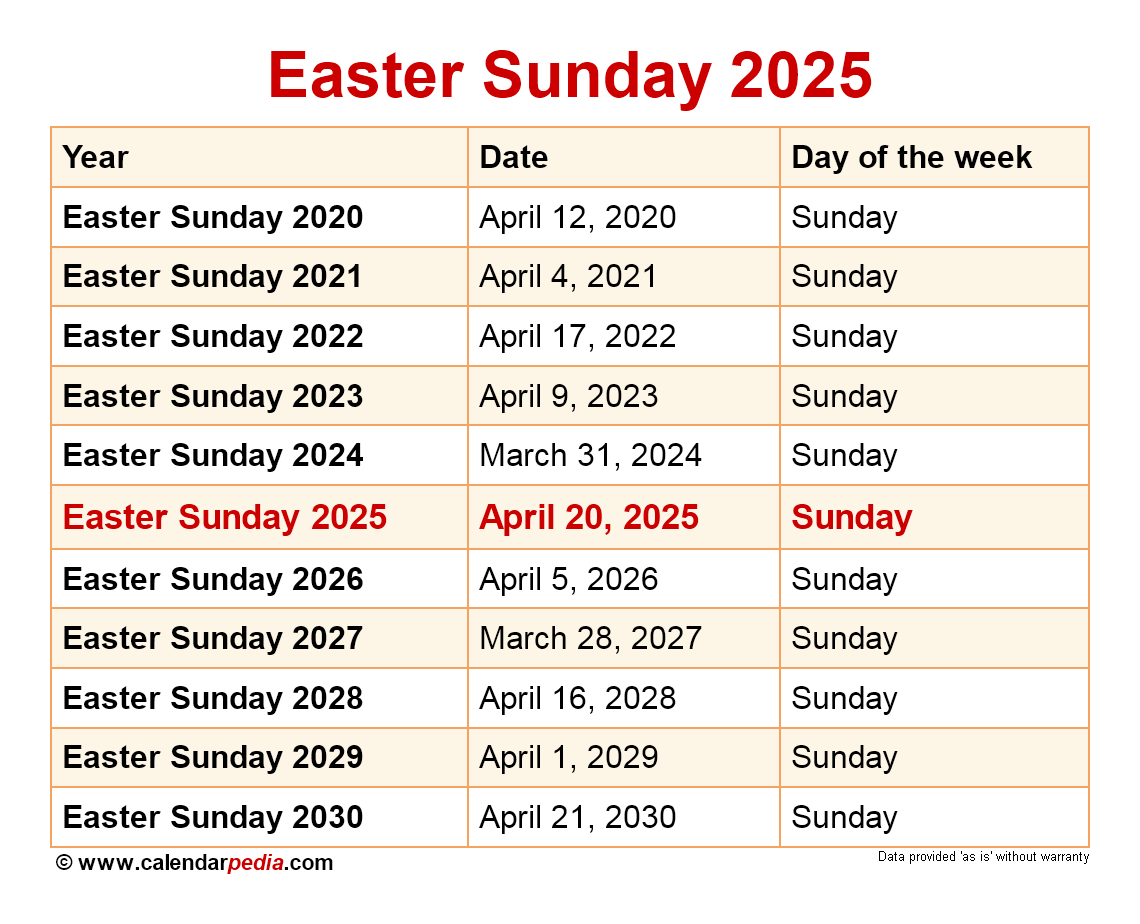
Easter, a significant religious holiday celebrated by Christians worldwide, holds a unique distinction: its date fluctuates annually. Unlike many other holidays, Easter’s observance is not fixed on a specific calendar date. Instead, its occurrence is determined by a complex set of astronomical and religious calculations, ensuring its celebration falls on a Sunday between March 22nd and April 25th.
This article delves into the intricate process of calculating Easter’s date, providing a clear understanding of how this dynamic holiday is observed each year. We will examine the factors influencing the date, explore the historical and theological context, and provide a specific answer for the year 2025.
Understanding the Lunar and Solar Calendar Connection:
Easter’s date is intrinsically linked to the lunar calendar, specifically the first full moon occurring on or after the vernal equinox (the spring equinox in the Northern Hemisphere). The vernal equinox, marking the beginning of spring, usually falls on March 20th or 21st. However, it can occasionally occur on March 19th or 22nd due to slight variations in the Earth’s orbit.
The Role of the Ecclesiastical Full Moon:
The "full moon" used in calculating Easter is not the actual astronomical full moon but an "ecclesiastical full moon." This concept was introduced by the Council of Nicaea in 325 AD to standardize Easter’s date across the Christian world. The ecclesiastical full moon is determined by a set of rules that are not always aligned with the actual lunar cycle.
The Formula for Calculating Easter:
The date of Easter is calculated using a complex formula that considers the following factors:
- The Vernal Equinox: The vernal equinox marks the starting point for determining the first full moon.
- The Ecclesiastical Full Moon: This is the first full moon on or after the vernal equinox, calculated using the established rules.
- Easter Sunday: Easter Sunday is the first Sunday following the ecclesiastical full moon.
Easter 2025: A Specific Calculation:
Applying this formula to 2025, we can determine the date of Easter:
- Vernal Equinox: The vernal equinox in 2025 falls on March 20th.
- Ecclesiastical Full Moon: The first full moon on or after March 20th, 2025, falls on April 11th.
- Easter Sunday: The first Sunday following April 11th, 2025, is April 13th.
Therefore, Easter Sunday in 2025 will be observed on April 13th.
The Importance and Significance of Easter:
Beyond its astronomical and calendrical complexities, Easter holds profound religious and cultural significance for Christians. It commemorates the resurrection of Jesus Christ, marking the culmination of his passion, death, and ultimately, his triumph over death. This event is considered the cornerstone of Christian faith, signifying hope, redemption, and the promise of eternal life.
FAQs Regarding Easter:
1. Why does Easter change dates each year?
Easter’s date is determined by the lunar calendar and the vernal equinox, which are not fixed on specific calendar dates. This results in variations in the date of Easter each year.
2. What is the earliest possible date for Easter?
The earliest possible date for Easter is March 22nd.
3. What is the latest possible date for Easter?
The latest possible date for Easter is April 25th.
4. How is the ecclesiastical full moon different from the actual full moon?
The ecclesiastical full moon is calculated using a set of rules established by the Council of Nicaea, which do not always align with the actual lunar cycle.
5. How can I calculate the date of Easter in any year?
While the formula for calculating Easter is complex, there are online calculators and resources available that can easily determine the date of Easter for any given year.
Tips for Observing Easter:
1. Attend Church Services: Many churches hold special Easter services, offering a profound reflection on the significance of the holiday.
2. Participate in Easter Traditions: Engage in traditional Easter activities like egg hunts, Easter basket gifting, and family gatherings.
3. Reflect on the Meaning of Easter: Take time to reflect on the spiritual significance of Easter and its message of hope and redemption.
4. Share the Joy of Easter: Share the joy of Easter with loved ones, friends, and those in need.
Conclusion:
Easter, a holiday rich in history, tradition, and religious significance, remains a dynamic celebration whose date shifts annually. Understanding the complex interplay of lunar and solar cycles, the role of the ecclesiastical full moon, and the underlying formula for calculating the date provides a deeper appreciation for this unique holiday. As we approach Easter 2025, we can celebrate this momentous occasion on April 13th, remembering its profound message of hope, resurrection, and renewal.
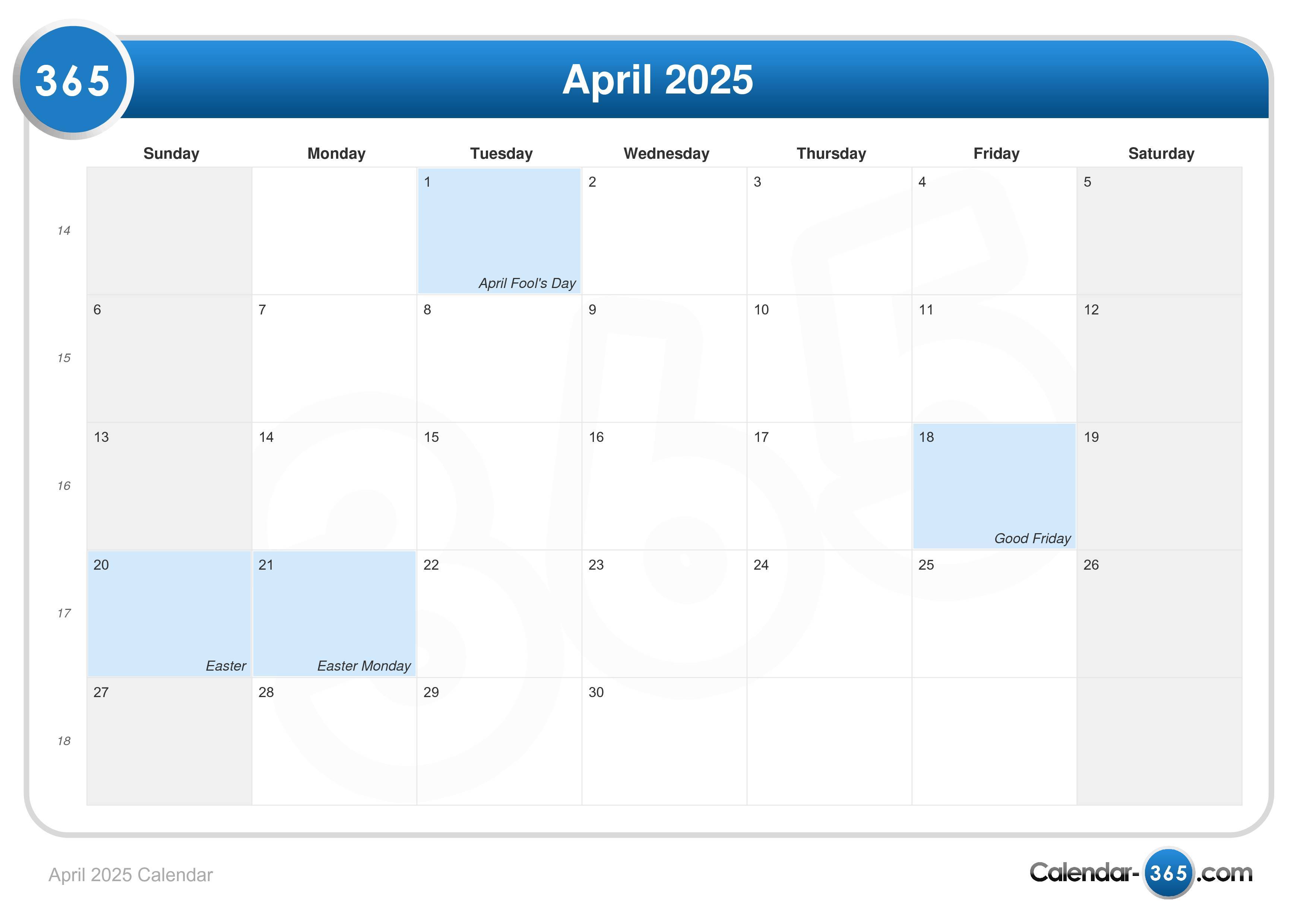
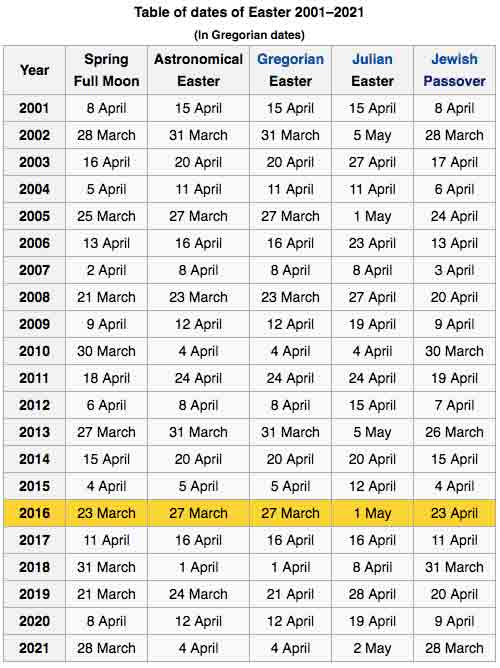
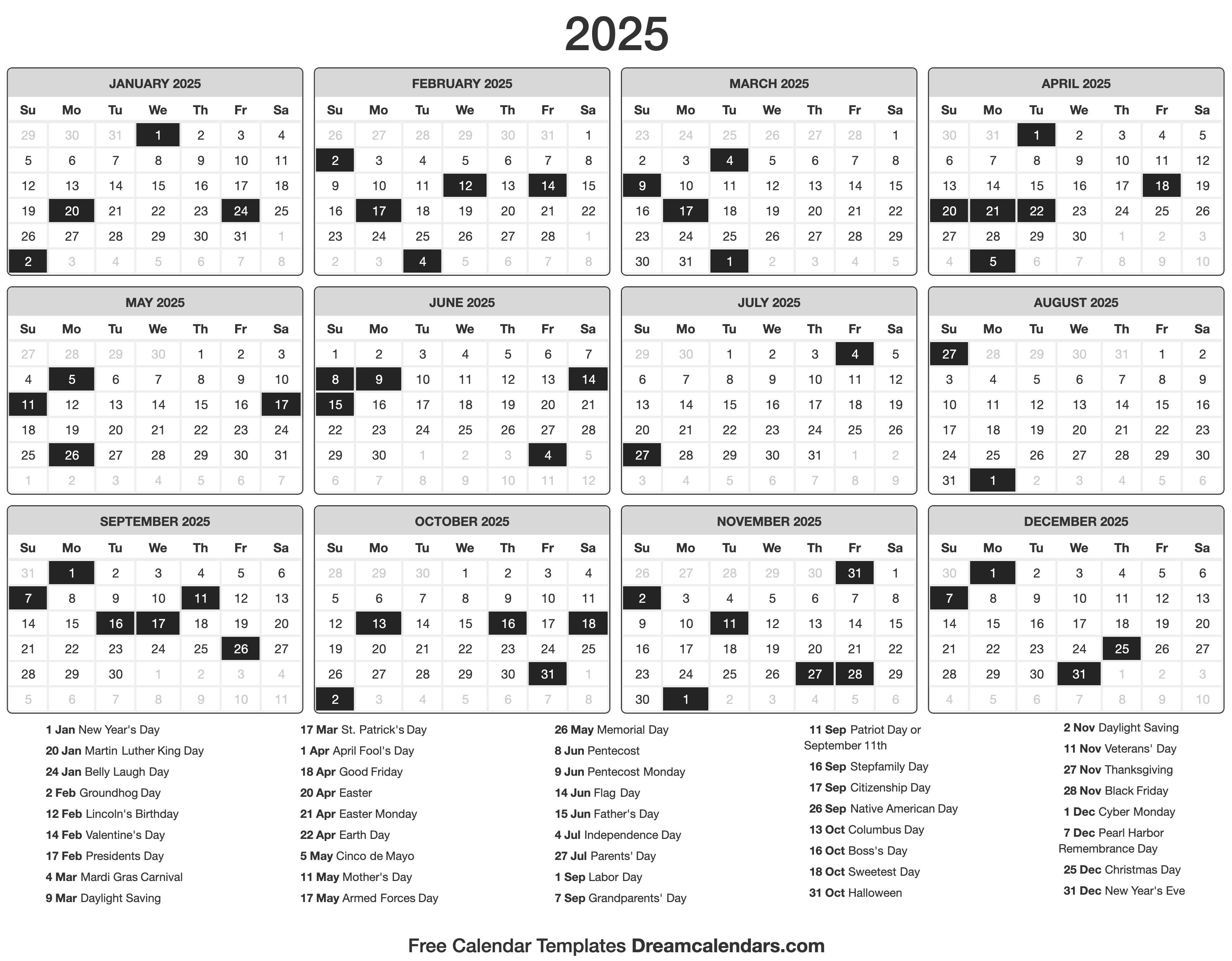



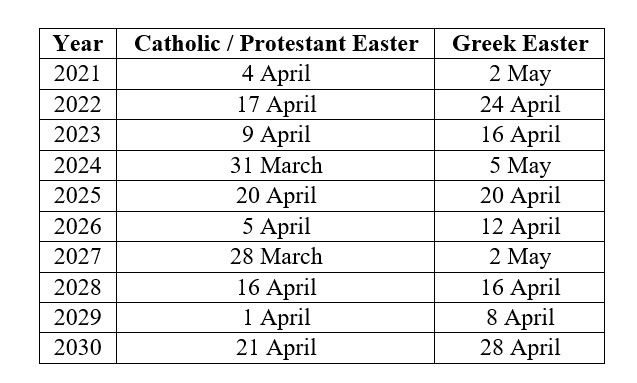

Closure
Thus, we hope this article has provided valuable insights into Determining the Date of Easter: A Comprehensive Guide for 2025. We thank you for taking the time to read this article. See you in our next article!